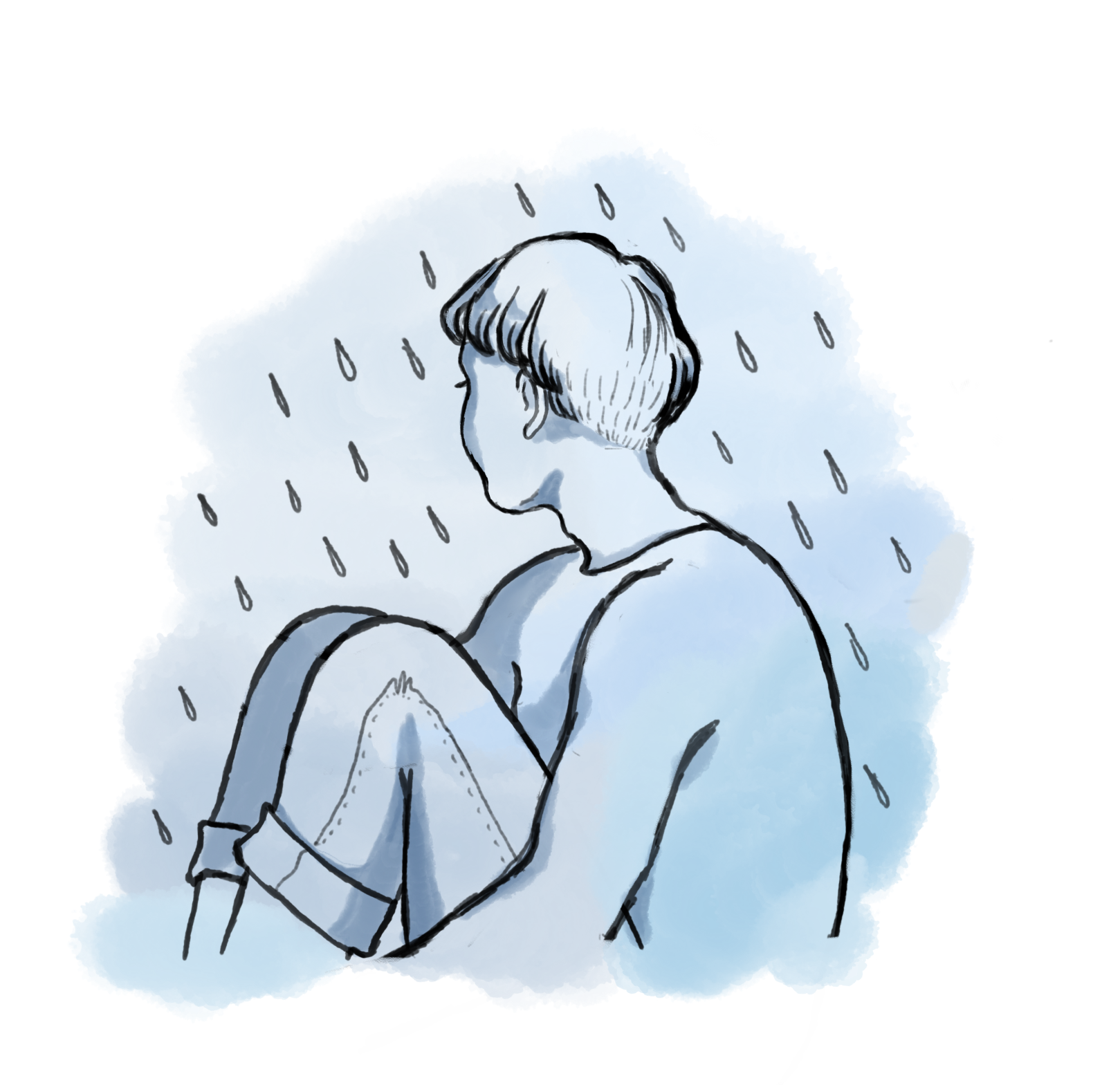Content warning: Mention of suicide and suicidal ideation.
Young people aged 18-29 reported some of the highest rates of depression and anxiety during the COVID-19 pandemic. Even before the social isolation wrought by the pandemic, rates of suicidal ideation among college-aged individuals were troubling: In a 2019 sample survey of 55,000 students, more than 10 per cent reported contemplating suicide in the 12 months prior.
University students are especially vulnerable to mental health struggles. When they do not have access to appropriate services or support systems, fragile mental health can spiral into self-harm or suicidal tendencies. To prevent such tragedies, identifying primary risk factors for suicidal behaviour is paramount.
Researchers at McGill and the University of Bordeaux are on their way to doing just that, using machine learning. A new study, published in Scientific Reports, aimed to develop an algorithm to identify factors associated with suicidal thoughts and behaviours.
The longitudinal study used data from more than 5,000 students in France from 2013-2019, collecting information ranging from lifestyle habits, to sociodemographics, to mental health symptoms. The algorithm then made data-driven predictions, which were compared to the follow-up questionnaires about suicidal thoughts and behaviours.
Marie Navarro, a PhD student at the University of Bordeaux, performed the statistical analysis for the study. In an interview with The McGill Tribune, Navarro explained the team’s reasons for using machine learning to find predictors.
“With more classical methods like regression models, you cannot study a lot of factors, [maximum] twenty, but otherwise, it is complicated,” Navarro said. “With AI, and especially machine learning, we used random forests, [which is] a good algorithm because you can include a lot of factors in your model simultaneously.”
Random forest algorithms are a type of supervised machine learning typically used to predict outcomes from data patterns—like the future behaviour of a stock, for example. The novelty of machine learning in this context is twofold: Not only does it allow researchers to sift through large amounts of data at once, but it also accounts for the interactions between factors, giving the algorithm better predictive power.
Indeed, suicidal behaviours do not result from a single, isolated factor; it is often a combination of circumstances. The study found that academic stress and depressive symptoms were top factors for those who identified as women, while self-esteem was one of the most important predictors of suicide risk across gender lines.
“Some sociodemographic factors, like sex, are already well established as risk factors for suicidal thoughts and behaviours,” Navarro said. “For example, broadly speaking, girls are more likely to report suicidal ideation and even attempts, but more deaths by suicide are reported in boys.”
Massimiliano Orri, a postdoctoral researcher at McGill and co-author of the paper, believes that universities can benefit from this behavioural data to improve suicide prevention efforts.
“Universities are uniquely situated to identify youths that need mental health support and help them to have access to care,” Orri wrote in an email to the Tribune. “Today, the wealth of data available and the computational advances such as artificial intelligence provide us with new eyes to identify those youths using simple screening tools that can be easily developed and implemented on a massive scale.”
The findings suggest that short assessments, perhaps through online, university-administered questionnaires, could reach a broader swath of students who may be hesitant to reach out for help.
Despite the promising results, Navarro stressed that their work is only a stepping stone to the ultimate goal of harm reduction.
“This study needs to be replicated and confirmed in other studies, a very important point for research in general, before any application in real life,” Navarro said. “If they are, maybe this kind of analysis can open an interesting target for prevention in the future.”
If future studies confirm that artificial intelligence techniques like this one are an effective way of identifying at-risk individuals, then this research could result in more powerful screening tools and more lives being saved.










